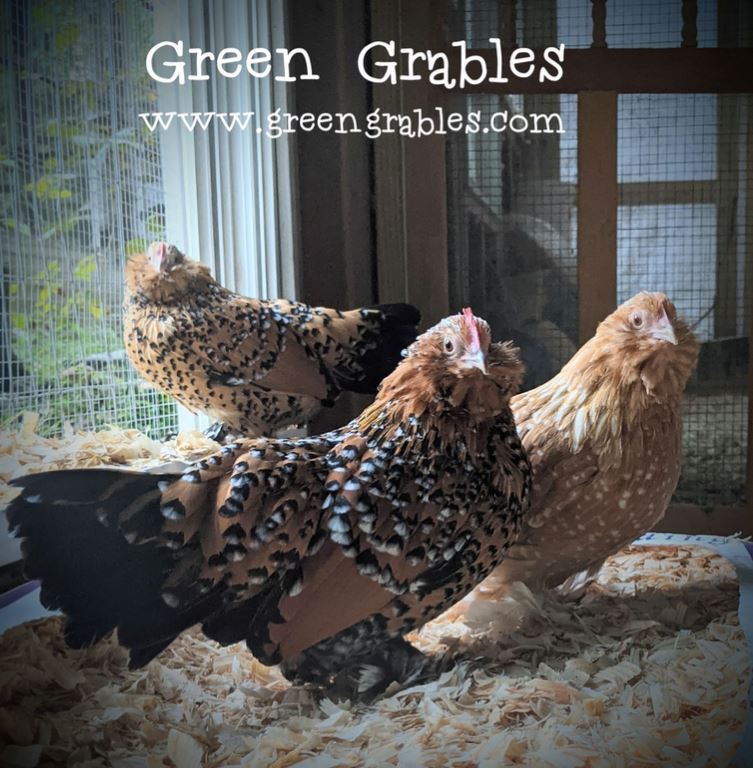New Birds: Settling them into your flock
You have new birds! Now what? Everyone has their own techniques for settling in new birds, but here are some suggestions that might help them in their transition to a new coop:
1. Inspect your new bird or birds.
Check the vent for any poop or signs of mites or lice. Ask the breeder whether the birds have been recently treated for external parasites. Check the eyes (should be bright with no discharge, pupils responding to light and rounded), breathing (should be regular, although bird may pant with stress, no gurgling sounds in the chest), legs (smooth scales for non-feathered legs, clean scales for feathered legs, nails clipped neatly). Ask the breeder if your bird has been recently dewormed, and if not, consider a dewormer. Overall, your bird should be clean(ish), bright eyed, and responsive.
2. Know that a new bird is stressed, whether they show it or not.
Try to keep new birds on the same food for a few days to lessen the stress of moving. Breeders are often happy to include a small baggie of food for you. Give half of the food to your new bird and mix the other half with its new food. After they have eaten all of that, you can switch them to your preferred food.
3. Quarantine your bird.
Keep them in a safe cage in a calm area away from your flock. Make sure you shower and change in between caring for them and your other birds (you don’t want them to bring your birds anything, and you don’t want your birds to give them anything). Two weeks is the typical minimum quarantine. Many choose to quarantine for 30 days and then add in a bird from their flock for another two weeks. Plenty of people do not quarantine, but it is absolutely the safest way to keep issues at a minimum.

4. Give vitamins in the water at least twice a week, change the water daily.
Any good poultry vitamin will do nicely. You can continue vitamins in the water once a week after quarantine for all of your flocks, which can be helpful during heat, molting, or breeding seasons especially.
5. Introduce new birds carefully.
Setting up a cage or moving the quarantine cage to a place where the new birds can interact through the wire with your existing flock for a week or two is perfect. Use ½ inch hardware wire if possible: fighting birds can hurt each other through chicken wire, and rooster spurs easily hook in larger holes. Make sure to supervise when birds are introduced. Set up the coop for success and add LOTS of roosts, branches, cement blocks, and treats (zucchini, cabbage, tomatoes). Multiple places for birds to escape from each other will keep fights to a minimum. Always add at least one more food and water station during introductions.
6. Watch for coccidiosis.
If your new birds are younger than 4 months, watch for coccidiosis, especially after they are allowed onto dirt. Look for puffy non-active chicks, diarrhea, and/or bloody poop. Heat and wetness cause cocci to flourish. Treat immediately with corid/amprolium if suspected.
Above all, enjoy your new additions! Grab a bucket or a chair and spend some time relaxing and getting to know your new birds.
Heidi
Green Grables Farm, Raleigh, North Carolina
Instagram: @greengrables
Facebook: www.facebook.com/greengrables
Website: www.greengrables.com
